

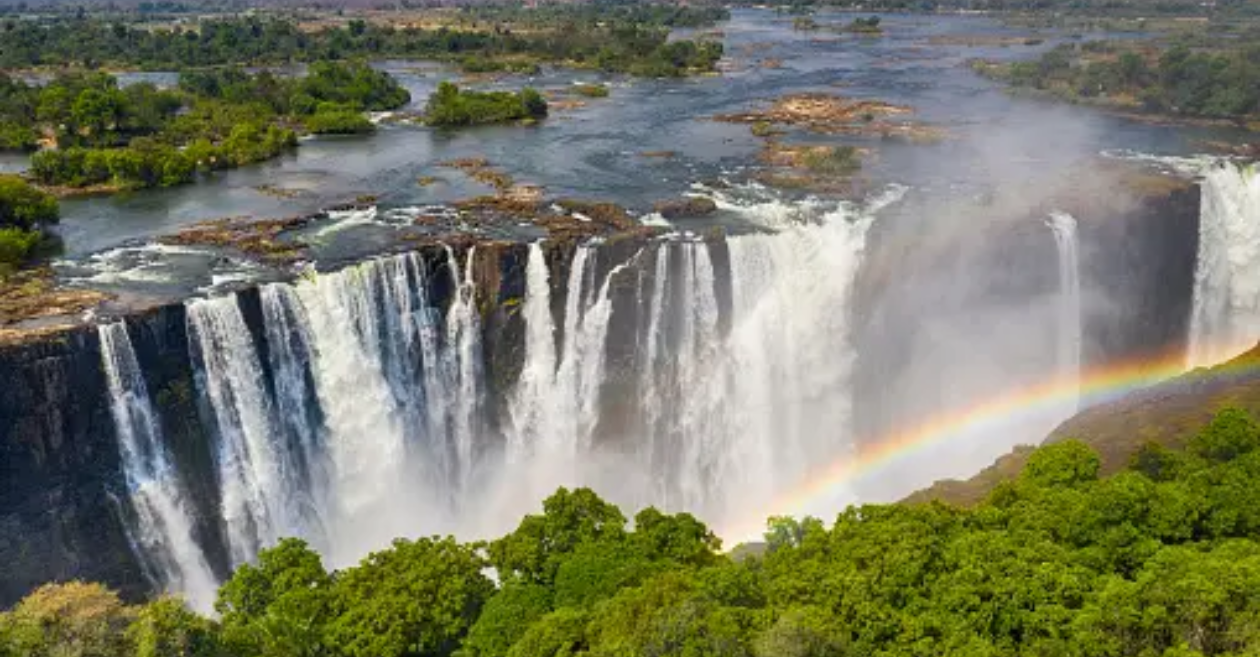
Embarking on a historical odyssey, Zimbabwe stands as a testament to resilience and cultural richness. This Southern African nation has a captivating history that weaves together ancient civilizations, colonial struggles, and the triumph of independence. Join us as we unravel the layers of Zimbabwe's past, showcasing the milestones that have shaped this vibrant country.
People Also Read: NDIS Review 2023
1. Zimbabwe's history dates back to ancient times, with evidence of early human habitation.
2. The Great Zimbabwe ruins, a UNESCO World Heritage Site, bear witness to a sophisticated ancient civilization.
3. Advanced architecture, skilled craftsmanship, and a complex social structure characterized this thriving society.
1. The late 19th century saw British colonization, leading to the amalgamation of Southern Rhodesia (present-day Zimbabwe) in 1923.
2. The imposition of land policies displaced indigenous people, creating tensions that lingered for decades.
3. The fight against colonial rule gained momentum, with key figures like Joshua Nkomo and Robert Mugabe emerging as central figures in the struggle for independence.
British Colonial Period (1923-1980)
| Year | Event |
| 1923 | Southern Rhodesia becomes a British colony |
| 1965 | Unilateral Declaration of Independence (UDI) |
| 1980 | Zimbabwe gains independence from British rule |
1. 1960s and 1970s witnessed the intensification of the liberation struggle against British colonial rule.
2. Guerrilla warfare, led by factions like ZANU and ZAPU, played a pivotal role in challenging the oppressors.
3. The Lancaster House Agreement in 1979 paved the way for democratic elections and Zimbabwe's eventual independence.
Liberation Struggle Key Events (1960s-1979)
| Year | Event |
| 1965 | Formation of Zimbabwe African National Union (ZANU) |
| 1979 | Lancaster House Agreement |
| 1980 | First democratic elections in independent Zimbabwe |
1. Robert Mugabe, Zimbabwe's first prime minister, faced challenges in reconciling diverse ethnicities and managing economic disparities.
2. Land reforms in the early 2000s aimed to address historical injustices but sparked controversy and economic downturn.
3. Hyperinflation in the late 2000s posed severe challenges to the economy, impacting the lives of ordinary citizens.
1. Despite challenges, Zimbabwe is on a path of recovery, focusing on economic reforms and international collaboration.
2. Tourism is gaining momentum, attracting visitors to its stunning landscapes, wildlife, and historical sites.
3. Ongoing efforts toward political stability and economic growth signify a promising future for this resilient nation.
As we close the pages of Zimbabwe's history, we witness a nation that has weathered storms and emerged stronger. From the grandeur of ancient civilizations to the struggles for independence and the challenges of the post-colonial era, Zimbabwe's history is a mosaic of triumphs and tribulations. By understanding and appreciating this rich tapestry, we honor the resilience of the Zimbabwean people and look forward to a future defined by progress and unity.
The Great Zimbabwe ruins, a UNESCO World Heritage Site, are remnants of an ancient civilization showcasing advanced architecture and a complex social structure. They hold immense historical significance as evidence of early human habitation and cultural sophistication.
The British colonial period, starting in 1923, saw the imposition of land policies that displaced indigenous people, creating long-lasting tensions. The struggle against colonial rule intensified, leading to the Unilateral Declaration of Independence (UDI) in 1965. Zimbabwe eventually gained independence in 1980.
The liberation struggle, spanning the 1960s and 1970s, was led by key figures such as Joshua Nkomo, Robert Mugabe, and factions like ZANU and ZAPU. The Lancaster House Agreement in 1979 paved the way for democratic elections and the birth of independent Zimbabwe in 1980.
Post-independence, challenges included reconciling diverse ethnicities, implementing controversial land reforms in the early 2000s, and facing hyperinflation in the late 2000s. These issues impacted the nation's economy and the lives of its citizens.
In the 21st century, Zimbabwe is focusing on economic reforms and international collaboration to overcome challenges. Efforts towards political stability, economic growth, and a burgeoning tourism industry highlight a promising future for the nation, showcasing resilience and determination.
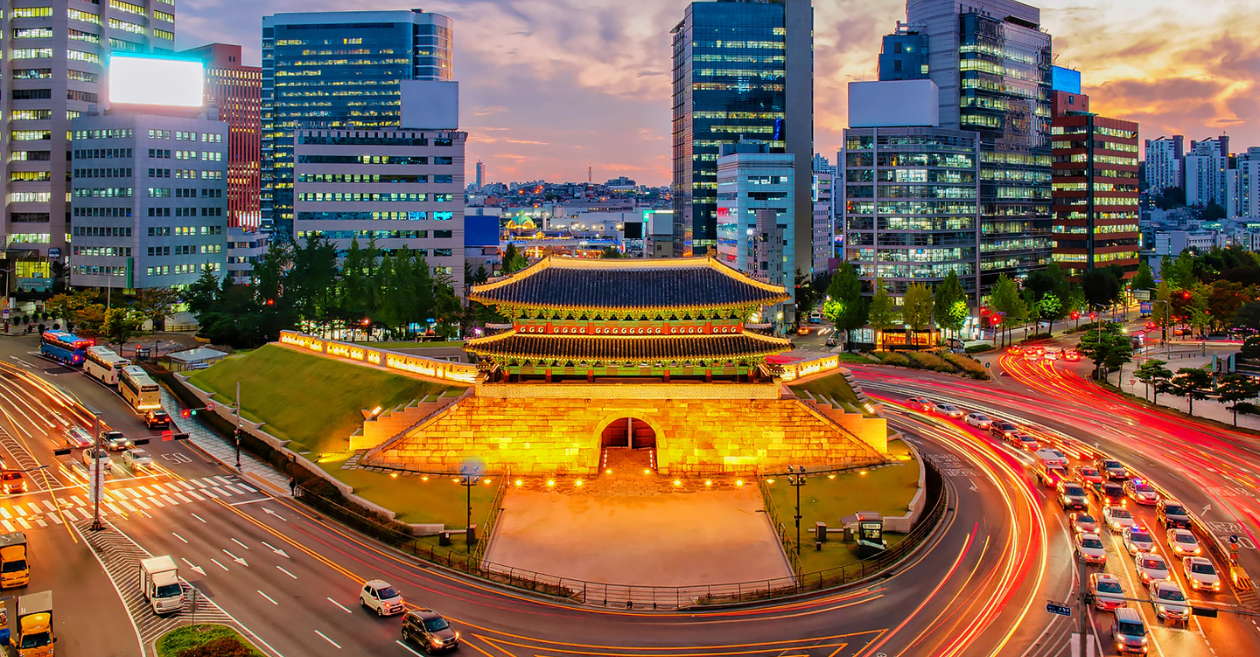
South Korea is like a cool mix of old
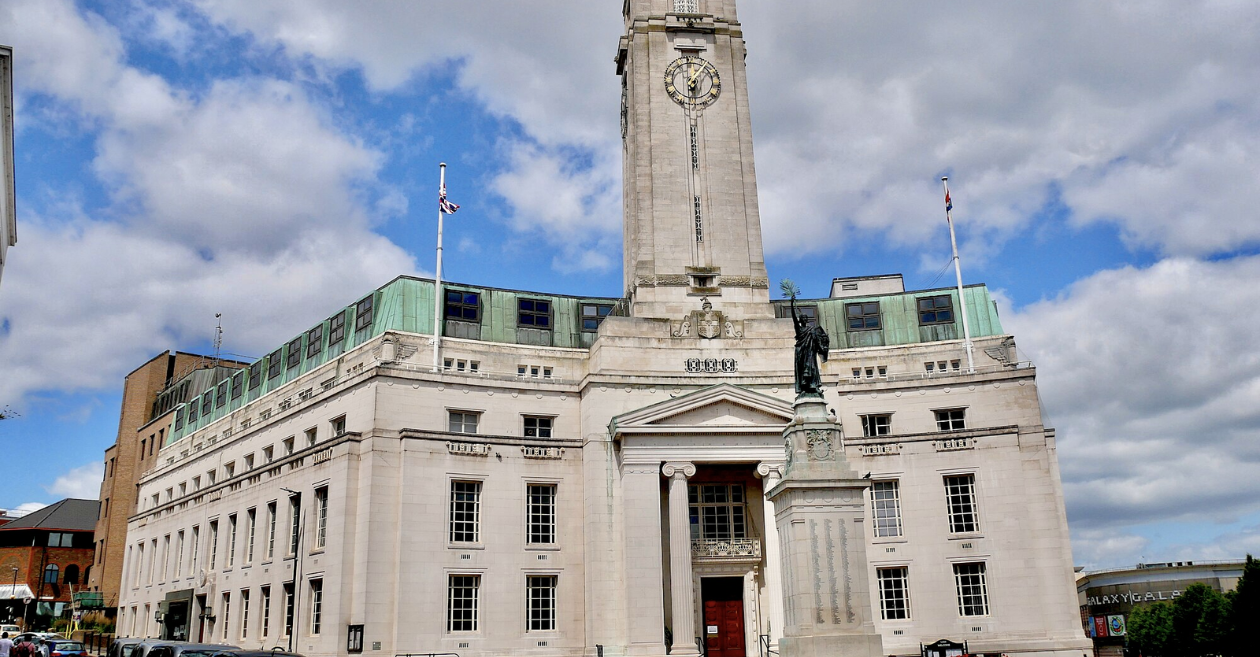
You might not think of Luton immediat
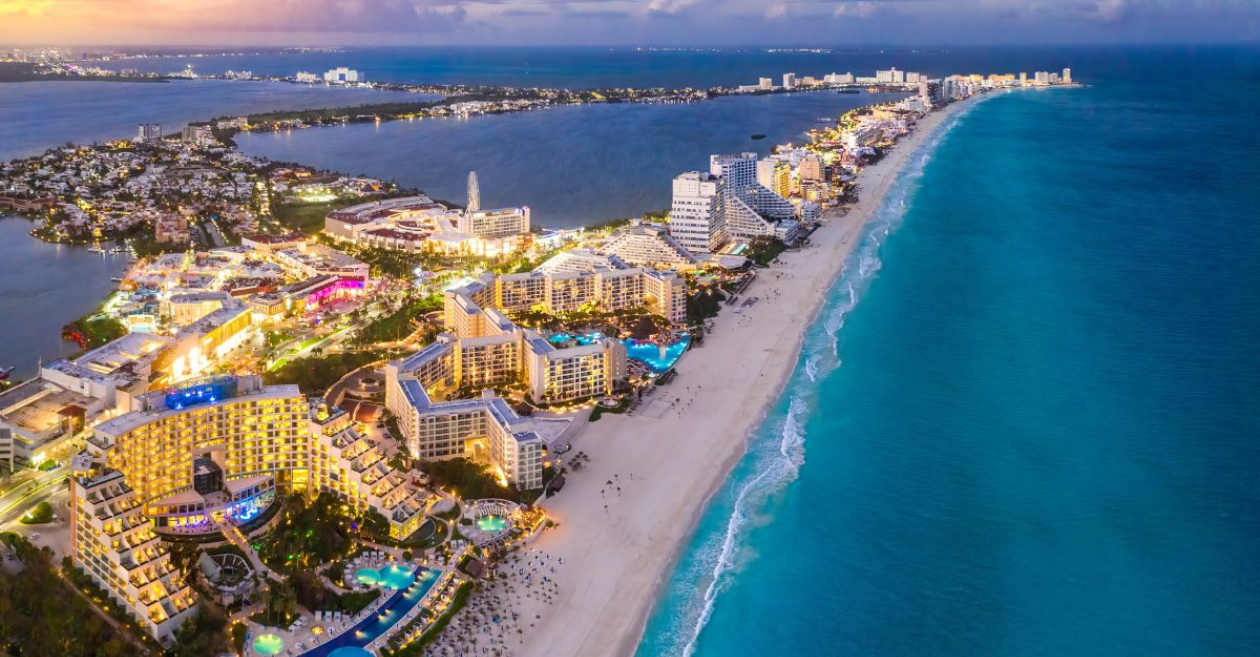
Cancun, just saying it makes you thin
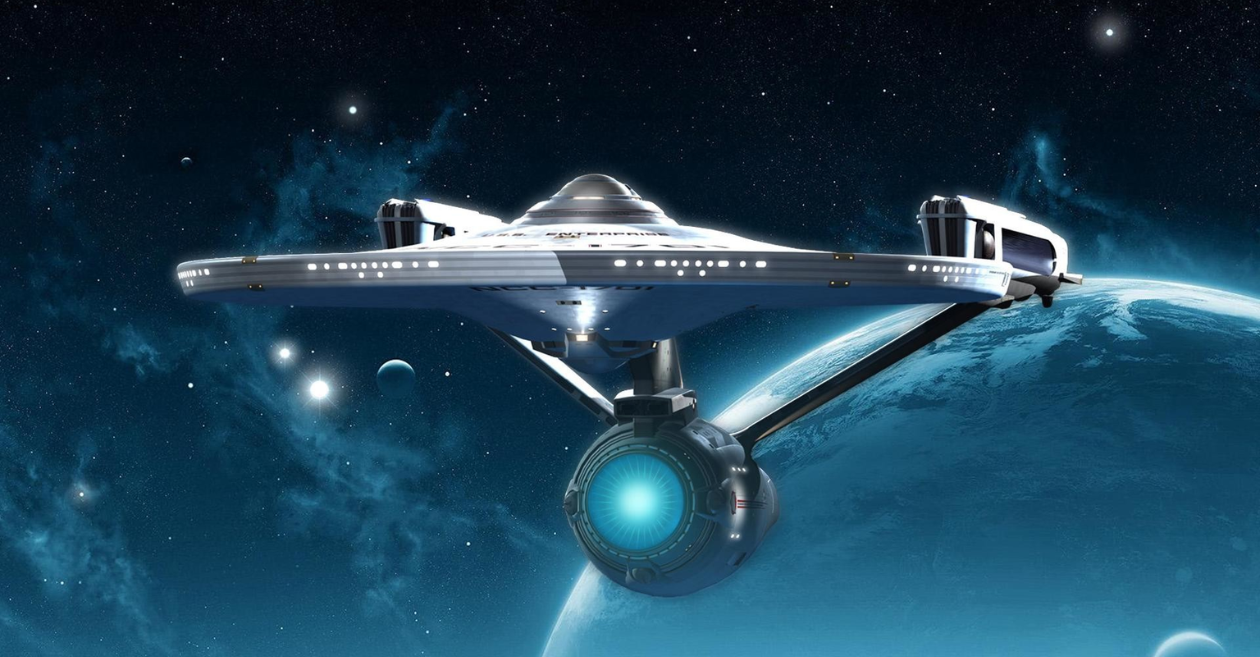
The USS Enterprise is like a supersta

Woolworths, a beacon in the retail la

In the vast sea of credit card choice
Trash to treasure: How Google thinks
Spring Fashion Show at the University
Matter of Impact: April updates from
Android Enterprise security delivers
We are not gonna make spamming
Copyright By@TheWebTrends - 2023
BACK TO TOP